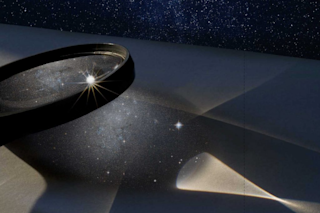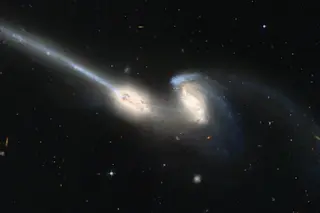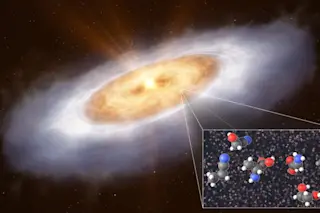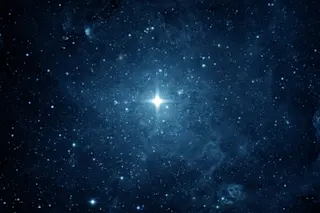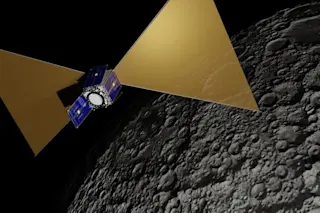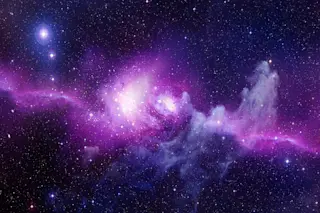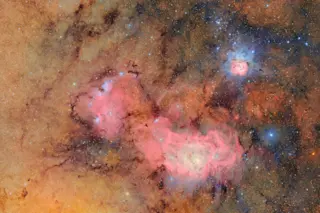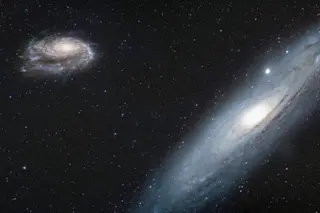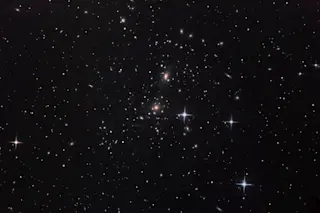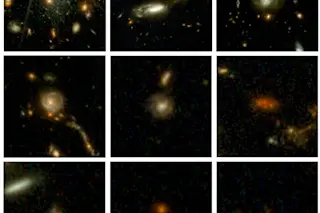When even the most powerful telescopes can’t capture the views you want, it helps to have natural magnifying glasses to rely on. In a paper published Monday in Nature Astronomy, researchers describe how they zoomed in to capture a young, star-forming galaxy roughly 9 billion light-years away in X-ray light.
To study such a distant galaxy, the researchers took advantage of the fact that massive objects can warp space-time around them and magnify light from background objects. Astronomers have used this effect, called gravitational lensing, to study distant galaxies in various wavelengths of light before. But this is one of the first times researchers using this technique have been able to capture a distant star-forming galaxy in X-rays.
The team’s work demonstrates that this technique is possible with existing telescopes, and shows that it can be a powerful new tool for studying star formation in faraway galaxies.
To use gravitational ...


